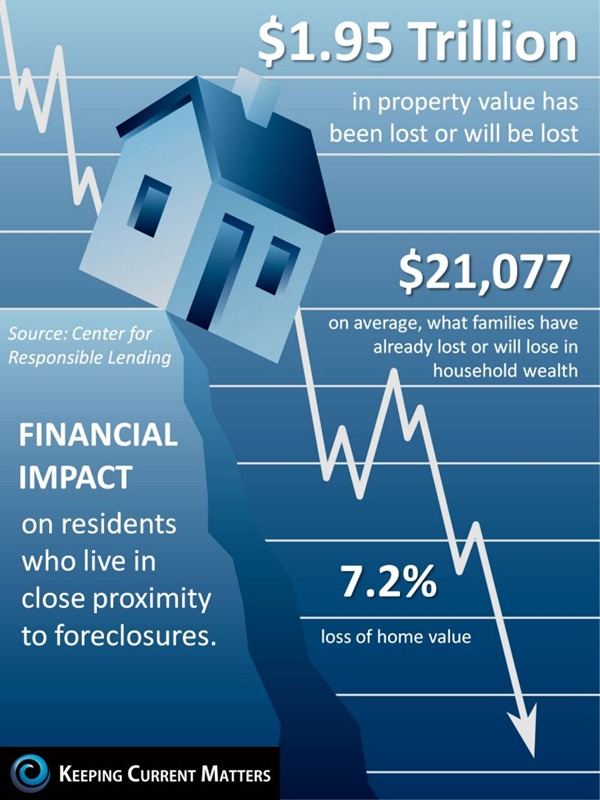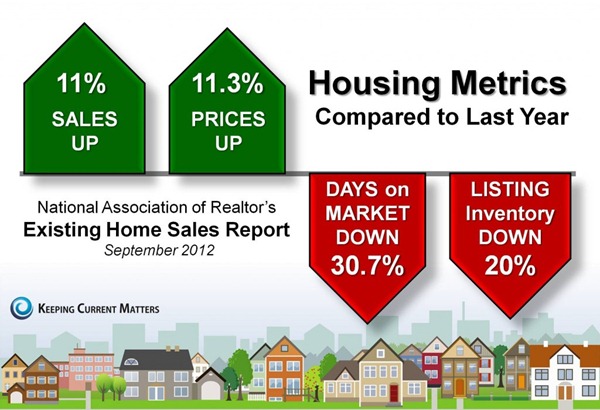 We have been happy to report that house prices have increased over the last several months. However, we have also warned that month-over-month prices since 2009 have softened in the fall and winter. We are beginning to see that situation repeat itself in 2012.
We have been happy to report that house prices have increased over the last several months. However, we have also warned that month-over-month prices since 2009 have softened in the fall and winter. We are beginning to see that situation repeat itself in 2012.
CoreLogic, in their latest House Price Index revealed that prices increased by 5% over last year. Yet, prices actually dropped .3% month-over-month (m-o-m). Analytics firm FNC, in their latest Residential Price Index, reported that prices increased 2.3% over the last year but prices remained unchanged m-o-m.
What Does This Mean for Sellers?
Sellers should be excited about the headlines showing price appreciation across the country for the first time in a long time. However, if you want to sell your home in the next 6-8 months realize that there is a better chance that prices will soften than appreciate during that time span. Waiting until the spring for a better price probably makes little sense.
source: KCM







